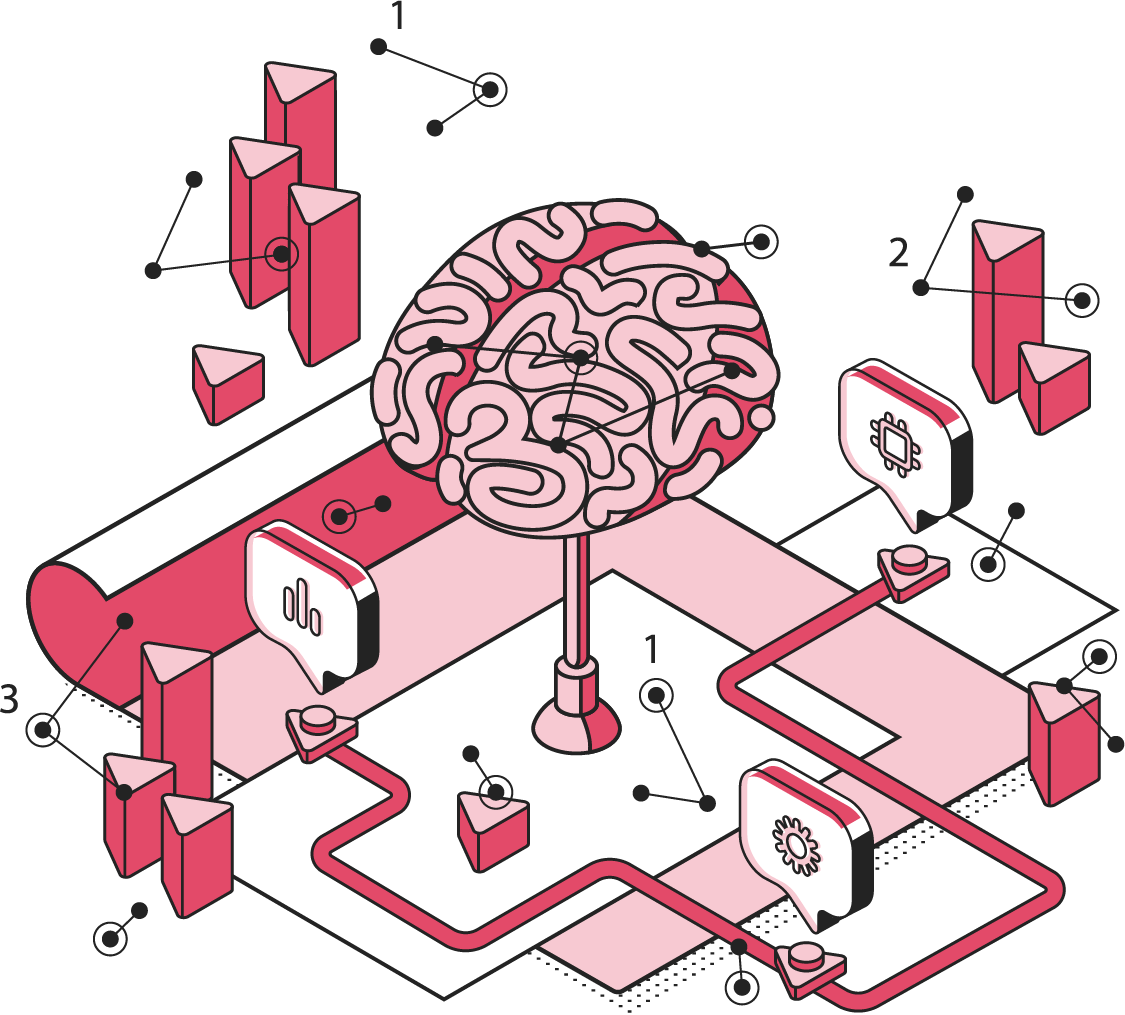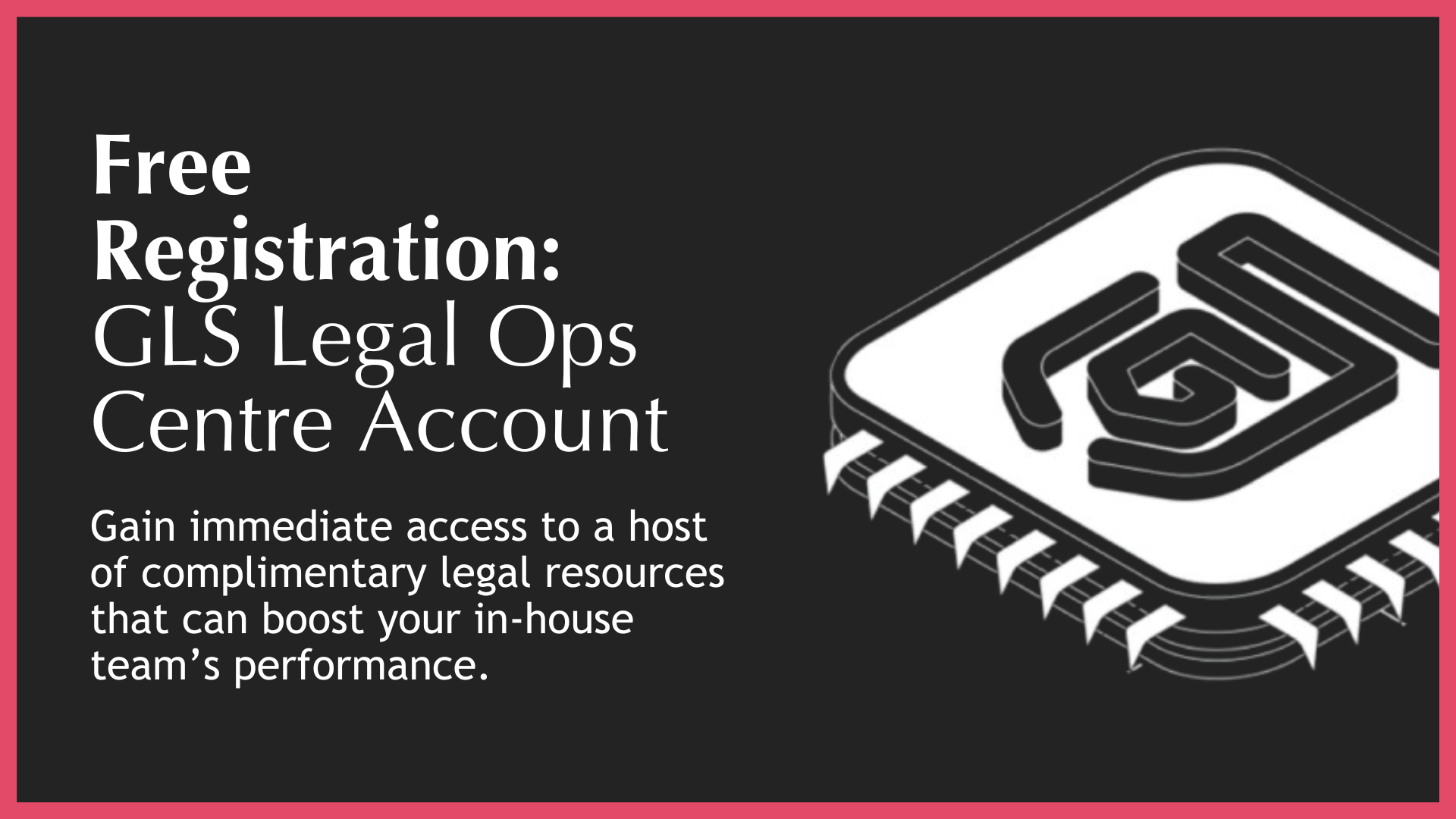The GLS Legal Operations Centre
The ultimate in-house legal department resource stack
Back
Group Legal Policy
What Is It
The Group Legal Policy (GLP) is the strategic document that defines the legal department’s operational mandate – what it is responsible for, what it must prioritise, and the risk boundaries within which it must operate. On the Knowledge Line, the GLP plays a critical role in shaping the legal team’s knowledge function: it determines what knowledge must be acquired, maintained, and deployed to meet the business’s expectations.
The GLP is not just a governance document – it is the blueprint for legal team performance. It tells the legal team what it must achieve for the business, and in doing so, it defines the knowledge architecture that supports those outcomes. It informs the design of legal training programmes, the structure of knowledge management systems, and the selection of legal technology tools. It sets the baseline for what lawyers need to know, how they should learn it, and how that knowledge should be applied.
Without a GLP, legal teams operate in ambiguity. Lawyers may be highly skilled, but without clarity on the legal domains they are expected to cover, the standards they must uphold, and the risks they are authorised to manage, their knowledge efforts are misdirected. The GLP resolves this by codifying the legal team’s purpose and aligning it with the business’s strategic objectives – and in doing so, it defines the knowledge architecture that supports it.
The GLP also creates interdependencies with other Knowledge Line stations – such as Legal Team Training, Legal Knowledge Management, Legal Risk Framework, and Legal Team Benchmarking – by providing the strategic context that guides their implementation. It ensures that knowledge acquisition is not random or reactive, but targeted, relevant, and aligned with business needs.
Scope
The scope of the Group Legal Policy typically includes:
◼️Mandate Definition: Clarifies the legal team’s role, responsibilities, and service boundaries.
◼️Risk Appetite Alignment: Documents the level of legal and regulatory risk the business is prepared to accept.
◼️Service Prioritisation: Identifies which legal services are core, optional, or out-of-scope.
◼️Knowledge Requirements: Specifies the legal domains and competencies lawyers must master.
◼️Stakeholder Alignment: Ensures the GLP is approved by senior business leadership (e.g. Board, CEO, COO).
◼️Resource Allocation Guidance: Informs how legal resources should be deployed across functions.
◼️Interdependency Mapping: Links the GLP to other legal operations frameworks and knowledge systems.
◼️Review Protocols: Establishes how and when the GLP should be updated to reflect changing business needs.
Resource Status
In GLS legal ops speak – the GLP CRE is considered a “Foundational” resource within the process ecosystem of an in-house legal team.
The Foundational Resource is a CRE that is responsible for determining the overall performance capabilities of a “critical” legal function. If it is not optimised, the function can never be optimised.
Best Practice Features
The best practice features of the GLP are as follows:
◼️Board-Endorsed Mandate: The GLP is formally approved by senior leadership, giving it authority and clarity.
◼️Risk Boundary Definition: Clear articulation of the legal risk profile the business is willing to accept.
◼️Knowledge Framework Integration: The GLP informs the legal team’s training, knowledge management, and hiring strategies.
◼️Service Tiering: Legal services are categorised by priority, enabling smarter resource allocation.
◼️Cross-Functional Input: The GLP is developed with input from legal, compliance, risk, and business units.
◼️Operational Alignment: The GLP aligns with business strategy, ensuring legal efforts support commercial goals.
◼️Accessibility: The GLP is easily accessible to all legal team members and relevant stakeholders.
◼️Review Cadence: The GLP is reviewed regularly to ensure it remains relevant and effective.
Business Value
The Group Legal Policy delivers the following value to the Business:
◼️Faster Decision-Making: Clear legal boundaries reduce delays and uncertainty in commercial decisions.
◼️Cost Efficiency: Legal resources are deployed where they deliver the greatest value.
◼️Risk Management: The business operates within a defined legal risk profile, reducing exposure.
◼️Strategic Alignment: Legal efforts are aligned with business priorities, improving outcomes.
◼️Stakeholder Confidence: The business knows what to expect from legal and how to engage effectively.
Legal Department Value
For the legal team, the GLP is both a shield and a compass. It protects the team from scope creep and misaligned expectations, while guiding its strategic development.
◼️Clarity of Purpose: Lawyers know what they are responsible for – and what they are not.
◼️Targeted Knowledge Acquisition: Training and development efforts are focused on relevant legal domains.
◼️Improved Morale: Lawyers operate with confidence, knowing their efforts are aligned with business needs.
◼️Resource Justification: The GLP provides a framework for requesting additional resources or budget.
◼️Operational Consistency: Legal advice and service delivery are standardised across the team.
◼️Transformation Enablement: The GLP supports legal transformation by defining the team’s strategic role.
◼️Knowledge Function Design: The GLP informs the structure, objectives, and content of the legal team’s knowledge systems.
Who Needs It
The Group Legal Policy is essential for:
◼️General Counsel and Heads of Legal
◼️Legal Operations Leaders
◼️Transformation and Strategy Leads
◼️CFOs and COOs seeking legal function ROI
◼️Legal team members seeking clarity on performance expectations
Productivity Consequences
A legal team operating without a Group Legal Policy will face a wide range of inefficiencies including:
◼️Misaligned legal advice due to unclear service boundaries
◼️Inconsistent knowledge acquisition across the team
◼️Scope creep and resource strain from undefined responsibilities
◼️Poor stakeholder engagement due to lack of clarity
◼️Reduced ability to justify budget or headcount increases
◼️Fragmented legal operations and transformation efforts
◼️Disconnected training and knowledge management initiatives
◼️Inability to measure legal team performance against strategic objectives
Tech Implication
The GLP is not a technology-based station, but it enables and informs technology deployment. It defines the legal domains and service priorities that should be supported by legal tech – such as document automation, matter management, and knowledge platforms. It also informs the configuration of legal dashboards and reporting tools by identifying what metrics matter most.
In knowledge management systems, the GLP acts as a taxonomy anchor – helping structure how legal content is organised, tagged, and accessed. It ensures that legal tech investments are aligned with the team’s strategic mandate.
What Next?
Explore GLS resources that support this station:
◼️GLS Group Legal Policy Toolkit™ – Create a Board-ready GLP that defines your legal team’s mandate.
◼️GLS Legal Team Training Planner™ – Align training programmes with GLP-defined knowledge requirements.
◼️GLS Legal Risk Framework™ – Define and document your legal risk boundaries.
◼️GLS Legal Ops Dashboard™ – Visualise GLP-aligned KPIs and service delivery metrics.
◼️GLS Legal Knowledge Management System™ – Build a knowledge architecture anchored in your GLP.
People Also Ask
PPA: Why should the Board approve your GLP?
Answer: Legal's role is to enable business activity within an acceptable legal and risk profile. What that constitutes must be agreed with and by the business. And once agreed, the business is then fully aware of the priorities they have set for the legal team.
PPA: How does the GLP impact legal team training?
Answer: The GLP defines the legal domains and competencies the team must master. This allows training programmes to be targeted, relevant, and aligned with business needs.
PPA: What is the relationship between the GLP and legal knowledge management?
Answer: The GLP informs what knowledge should be captured, organised, and made accessible. It acts as a strategic anchor for building a legal knowledge architecture.
PPA: Can the GLP help justify legal team resources?
Answer: Yes. By clearly defining the legal team’s mandate and service priorities, the GLP provides a framework for requesting additional budget, headcount, or technology.
PPA: How does the GLP support legal transformation?
Answer: The GLP defines the legal team’s strategic role, enabling targeted transformation initiatives and aligning legal operations with business goals.

The GLS Legal Operations Centre
Register to access your complimentary Day 1 Resource Stack packed with legal team performance resources.

GLS Ultimate Guide To Legal Operations
Download this and read it thoroughly and regularly. It is a wonderful transformation companion.

Book A No-Obligation Consultation
If you would like discuss your legal transformation needs, please book a 30 minute free consultation with us.

GLS Legal Transformation Boot Camp
Our hugely successful, 10-week long, email-based boot camp on how to effectively transform your legal team.




